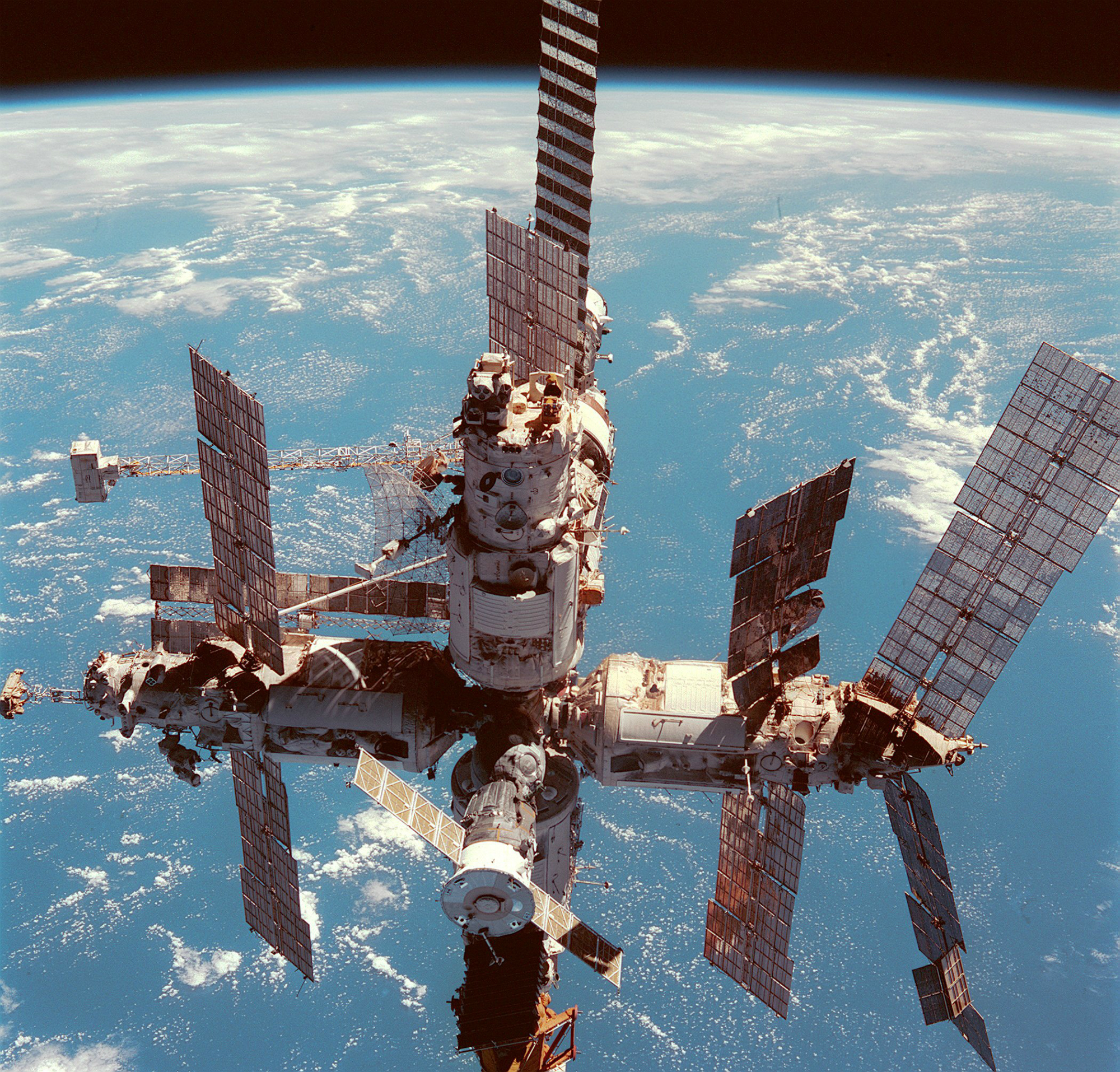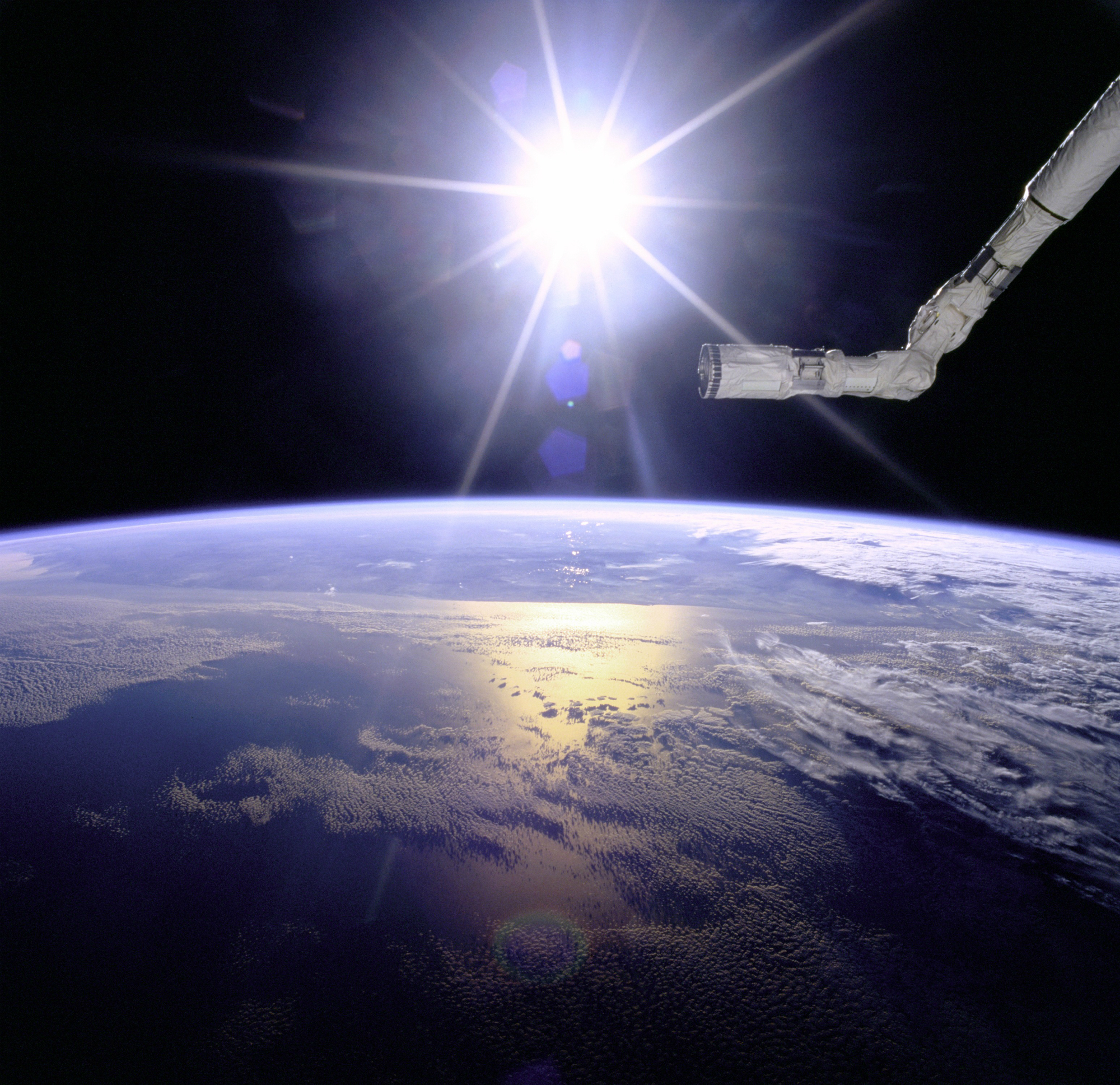How does a University change the World?
William Rowan Hamilton’s ‘Quaternions’ Underpin Modern Spaceflight

Imagine being one of the world’s most gifted thinkers. Then imagine grappling with an idea so complex that it took over a decade to form properly in your own mind. And finally imagine not coming close to seeing the fruits of your labour allow mankind do truly incredible things, such as exploring deep space, designing drugs to target individual proteins smaller than the eye can see, and modelling real-world situations on computers with near-perfect accuracy.
Step forward Sir William Rowan Hamilton, whose never-say-die work in basic mathematical research – a pursuit of knowledge, partly for knowledge sake alone – led to a host of applied uses that he and his peers would likely never even have imagined.
Yet the thinking paved the way for solutions to some of mankind’s biggest problems. Even now, to most of us, the difficulty in launching a rocket into space in a controlled fashion so that humans can even go with it and return to Earth unharmed seems beyond comprehension. But such missions are vital, and thus, we needed to know how to send our bravest and best beyond our atmosphere.
It has now been more than 150 years since one of Ireland’s greatest researchers, William Rowan Hamilton, made one of his most incredible contributions to the world by inventing the ‘quaternions’. A revered physicist, astronomer and mathematician, even as a teenager, when he first made waves in academic waters, it was Hamilton’s complex-number quaternions that rightly earned him the nickname of ‘the liberator of algebra’.
Such a moniker might not strike an instantly harmonious chord with students when their heads are spinning with complex equations. However, they, and the rest of modern society owe Hamilton a huge debt of gratitude, for it was his ‘liberation’ that opened the door to a multitude of technological advancements that most of us take for granted on a daily basis in the 21st Century.
After graduating from Trinity College, having studied mathematics and classics, he was appointed Professor of Astronomy at the age of 22 in 1827. He soon took up residence in the Dunkirk Observatory in Dublin but it was not until 1843, while working on a long-standing mathematical problem that had perplexed him for more than a decade, that Hamilton invented the ‘quaternions’. They are a set of complex numbers that operate in four-dimensional space, and which defy the rules that we associate with the numbers we use on a daily basis when paying for our shopping or balancing our cheque books.
Quaternions can be thought of as mathematical codes that describe the precise orientation and positioning of objects in space. Chief among these applications is the fine-grained control of modern spaceflight. Additionally, quaternions are used in molecular dynamics, allowing us to design drugs by targeting specific proteins based on their unique folding patterns, and in directing the spatial rotation of objects and characters in computer simulations and games – the latter application is modelled beautifully characters such as the iconic Tomb Raider pin-up, Lara Croft.

There are a huge number of practical issues involved in the control of space rockets, satellites and spacecraft, most of which relate to their motion in an environment affected heavily by the gravitational pull of planets, moons, and other astronomical bodies. Without the use of quaternions, predicting and reacting to such variations becomes incredibly difficult – and dangerous.
Quantifying the societal value of space flight is no easy task, but to put things into context, television and mobile communications rely heavily on satellites that use quaternions to map their orbits. Space platforms also function as early-warning systems by providing life-saving meteorological and weather-related data (think hurricanes and heatwaves), as well as continuing to monitor environmental changes such as deforestation and pollution, and helping to identify ultra-valuable mineral deposits buried in the earth.
Apart from the incredible range of uses that Hamilton’s quaternions have in the modern world, it is testament to the brilliance of his breakthrough that it took 15 years of intellectual pondering before he had his ‘Eureka’ moment while taking a stroll through Dublin. Additionally, it was then well over 100 years before technology had evolved sufficiently to make use of his quaternions.
We now live in a world in which technology proliferates, so it is highly likely that Hamilton’s quaternions will have even wider applications in the coming years. Perhaps, as their utility evolves, we can think of adding to – or updating – Hamilton’s old nickname. ‘Liberator of algebra’ is as accurate as ever, but ‘liberator of space flight’ may help to pique the interest of a wider demographic, while also illustrating the variety of ways in which quaternions benefit society.

